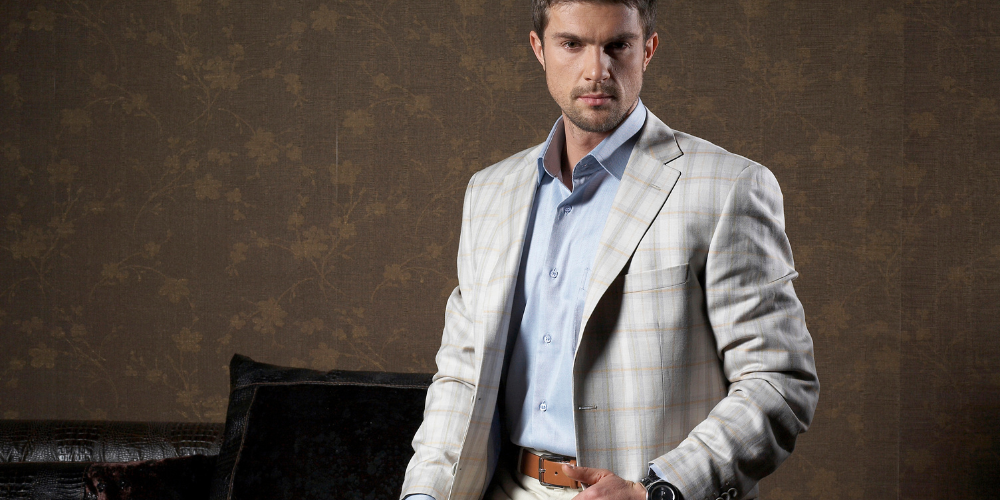When it comes to fashion, the spotlight often illuminates women’s fashion trends, leaving men’s fashion in the shadows. But a closer look reveals a vibrant and constantly evolving landscape that defies this stereotype. Men’s fashion isn’t merely about business suits in blue-black-brown palettes. It is a form of art and expression, reflecting cultural and political shifts over centuries.
The 18th Century: The Macaroni Ensemble

As early as the 18th century, men’s fashion began to break the mold. The ‘Macaronis’ of Yankee Doodle fame were upper-class British youth who, upon returning from grand tours of Europe, adopted and adapted the vivacious fashion styles they had encountered abroad. Eschewing the traditional matching suit of breeches, waistcoats, and long vests, they created a trimmer look, using mismatched colors and accessorizing with ornamental swords and jewelry. This Macaroni outfit was a clear departure from the norm and pushed the boundaries of fashion, signaling an open-mindedness towards new ideas and styles.
The 19th Century: Robes and Uniforms
In the 19th century, we see the influence of global cultural exchange on men’s fashion. Wealthy men in England sported at-home robes, a style based on Japanese kimonos and Turkish robes, made from luxurious fabrics and often adorned with Asian motifs like the Indian butta pattern. These robes signaled prestige and comfort, showcasing how fashion was about more than just utility, but also a means of expressing personal style and status.
During this period, the rise of bespoke tailoring on London’s Savile Row also had a significant impact on men’s fashion. The tailors of Savile Row were specialists in creating uniforms for elite, high-ranking military officers. But these officers would often return to these tailors for their civilian attire, establishing London’s tradition of bespoke tailoring that continues to this day. This signaled the desire for individuality and perfection in fit and style, emphasizing the importance of personal aesthetics in fashion.

The 20th Century: Zoot Suits and Punk Fashion
The 20th century was a time of dramatic change, and men’s fashion reflected these shifts. In the 1940s, the zoot suit emerged as a symbol of defiance against societal norms. Young African American, Hispanic, Jewish, and Filipino men wore these suits, characterized by extremely wide lapels and voluminous jackets and pants. These suits disregarded the austerity of the war years, signaling a refusal to conform to societal expectations. The zoot suit was not just a fashion choice, but a bold statement of cultural pride and resistance.
The late 70s and early 80s brought the rise of punk fashion, a counterculture movement that embraced improvisation and rebellion. Punk fashion, characterized by dark, hard-edged materials and personalized embellishments, was a testament to punk’s DIY ethos. This re-worked motorcycle jacket adorned with steel caps, miniature pistols, a skull, and a crucifix with a folding blade was an expression of the wearer’s individuality and non-conformity, a sign of a changing cultural landscape.

Conclusion
The evolution of men’s fashion reflects more than just changes in aesthetic preferences. It is a story of societal shifts, cultural exchanges, and political movements. Men’s fashion has been and continues to be an outlet for expression, a tool for breaking stereotypes, and a mirror reflecting the zeitgeist of different eras.



